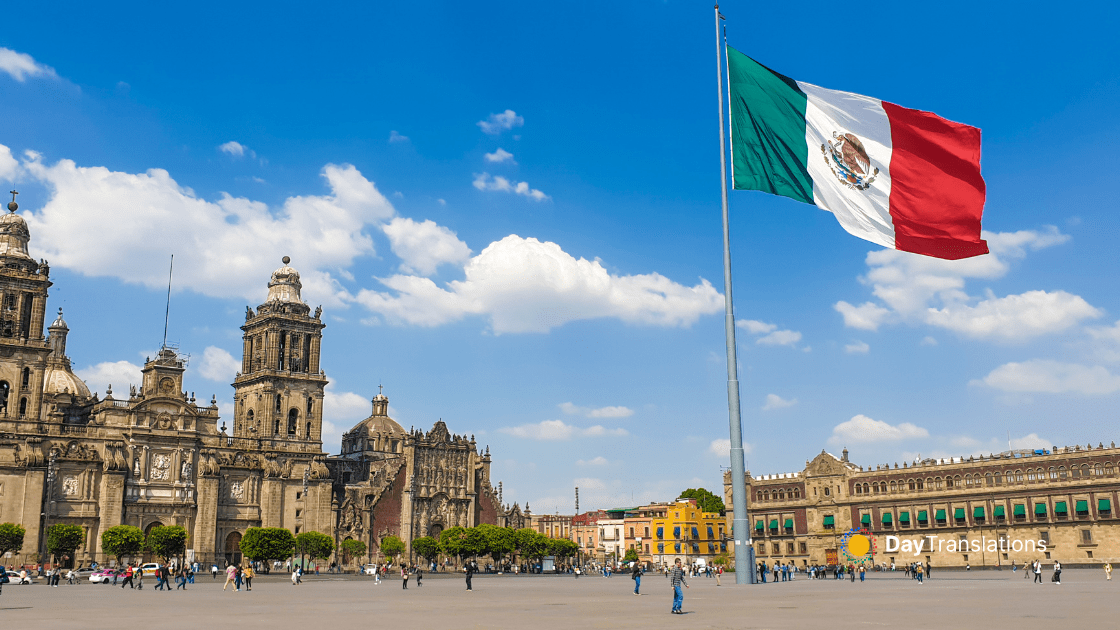Geography of Malaysia: Important Geographical Information about Malaysia
In this Country Profile
Malaysia is near the equator, which greatly affects its climate. It can be categorizes as equatorial or tropical, constantly being hot and humid all-year round. Being separated by the South China Sea, the two regions of Malaysia differ in weather patterns. Peninsular Malaysia in the west is affected by the wind coming from the mainland. On the other hand, East Malaysia being located in the east has more maritime weather. The South China Sea, which is part of the vast Pacific Ocean, exposes Malaysia to the effects of El Nino and La Nina weather phenomenon, increasing the occurrence of the country’s natural hazards.
Two monsoon winds seasons prevail in Malaysia. From November to March, the country is affected by the northeast monsoon bringing more rainfall coming from the northern part of the Pacific and China. During late May until September, the southwest monsoon, originating from the Australian desert blows into Malaysia, bringing rains although not as much as the northern monsoon. Fine weather prevails all over the country from March to October.
Malaysia is quite unique. It is the only country that has land in the Malay Archipelago as well as in Asian mainland. However the two distinct parts of Malaysia, Peninsular Malaysia and East Malaysia share almost the same landscape, both having coastal plains and gently rolling hills and mountains, with the highest peak, Mount Kinabalu located on the tip of Sabah in East Malaysia. There are two major cities in East Malaysia, Kota Kinabalu and Kuching.
East Malaysia has a mountainous interior, hilly plains and fertile valleys and beautiful coasts. Sedimentary rocks found in the mountains of East Malaysia are mostly sedimentary with limestone, formed about 540 million years ago during the Paleozoic age being the most common. When these rocks were eroded during the Tertiary Period the remnants of the sedimentary rocks were found to be rich in natural gas and oil.
Peninsular Malaysia is more mountainous, with almost half of it covered by granite, older rocks and igneous rocks. Alluvium (clay) covers the rest of Peninsular Malaysia. The fertile regions are those near the coast and the area that borders the straits of Malacca is where the majority of Peninsular Malaysia’s population congregates. This is also where Kuala Lumpur, the capital of Malaysia is located.
In East Malaysia, the highest mountain range is the Crocker Range located in Sabah. The mountain range divides the state into two. This is where Mount Kinabalu, a UNESCO World Heritage Site and the tallest mountain in Malaysia is found. The second highest peak in the country is Mount Trus Madi. The only active volcano in Sabah is Bombalai Hill. Mount Trus Madi, lying between the districts of Tambunan to the north and Keningau to the south is not as popular as Mount Kinabalu. It is reputed that its summit has the best view of Mount Kinabalu at dawn. This is also the only place where the Nepenthes x trusmadiensis, a unique pitcher plant that is a natural hybrid between Nepenthes Iowii and Nepenthes edwardsiana is found.
On the Peninsular Malaysian side the mountain range of Titiwangsa Mountains divide the peninsula into the west and east coasts. This is where Mount Korbu, the second highest peak in the peninsula is located. The highest peak, Mount Tahan is found in the Tahan Range.
Tropical rainforests cover nearly half of Malaysia. The rainforests are made up mainly of dipterocarp, mangroves and swamps. Sabah and Sarawak, both in East Malaysia are two of the world’s richest sources of dipterocarp species of trees.
Erosion of limestone around Malaysia created numerous caves on both states and Mulu Caves located in East Malaysia are the largest in the world and a major tourist attraction. Deer Cave and Lang’s Cave are the other famous caves while the Sarawak Chamber is known as the largest cave chamber in the world, measuring 2,297 feet long and 230 feet high. The Sarawak Chamber was only discovered in 1981 and its size is thrice the size of the Big Room in the Carlsbad Caverns National Park of New Mexico in the United States.
Major parts of both Peninsular Malaysia and East Malaysia are bordered by water. There is the South China Sea that divides the country into two states. The western coast of Peninsular Malaysia faces the Strait of Malacca towards the southern portion and the northern portion faces the Andaman Sea. The Strait of Malacca is a very important shipping lane, making Malaysia one of the major ports in the world. The Straits of Johor is the maritime border between Singapore and Malaysia and where the Johor-Singapore Causeway linking Malaysia and Singapore is built.
Malaysia has the largest artificial lake in Southeast Asia, the Kenyir Lake which was built near the Malaysian-Thai border. Only two natural lakes can be found in Malaysia, the Bera Lake and the Tasik Chini. These freshwater lakes are rich in bio-diversity and provide livelihood to the Semelai branch and the Jakun branch of the Orang Asli, respectively. According to the Orang Asli legend, a dragon called Naga Seri Gumum, Malaysia’s version of the Loch Ness Monster inhabits Tasik Chini. It is also believed that an ancient sunken Khmer city lies at the bottom of Tasik Chini.

Sorry, the comment form is closed at this time.